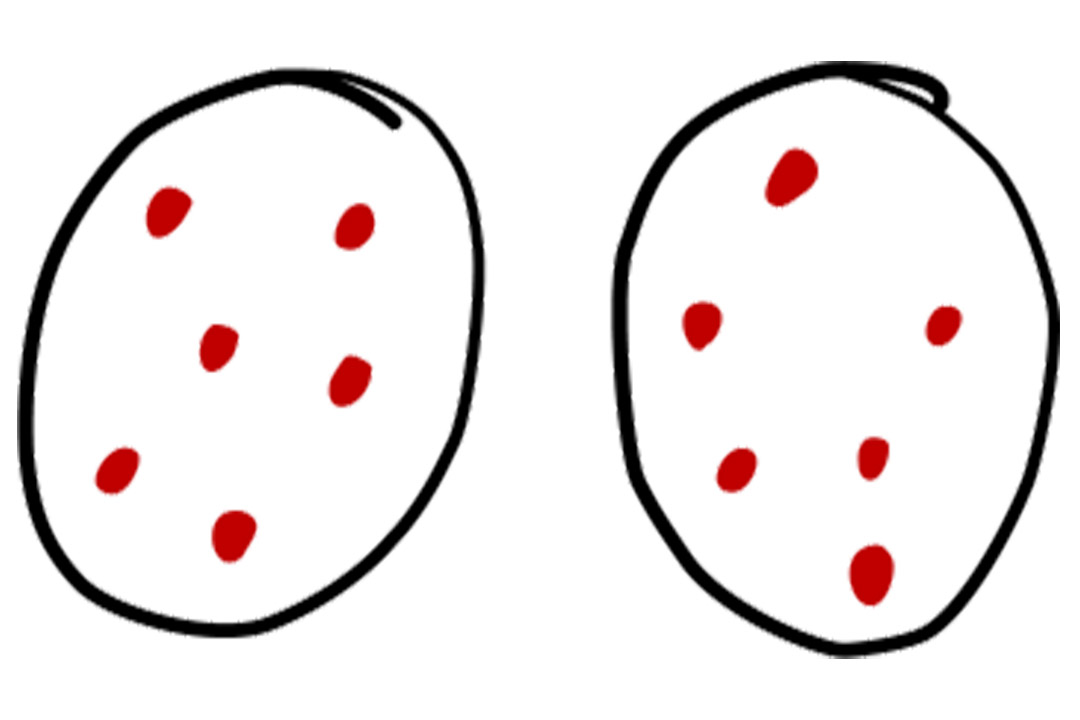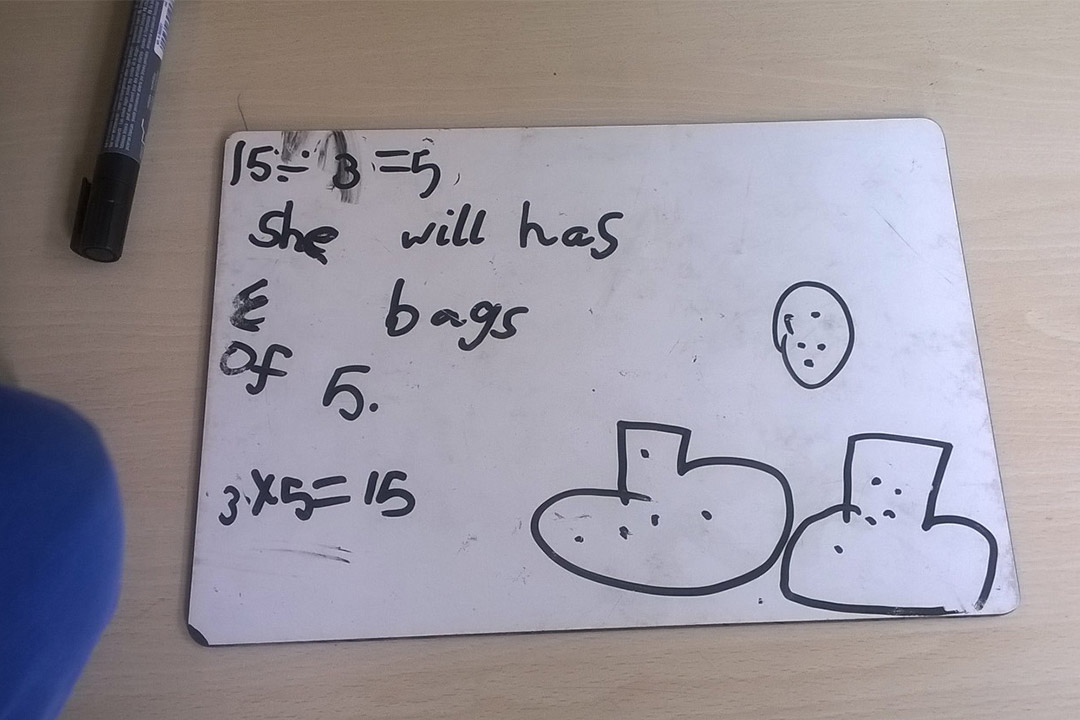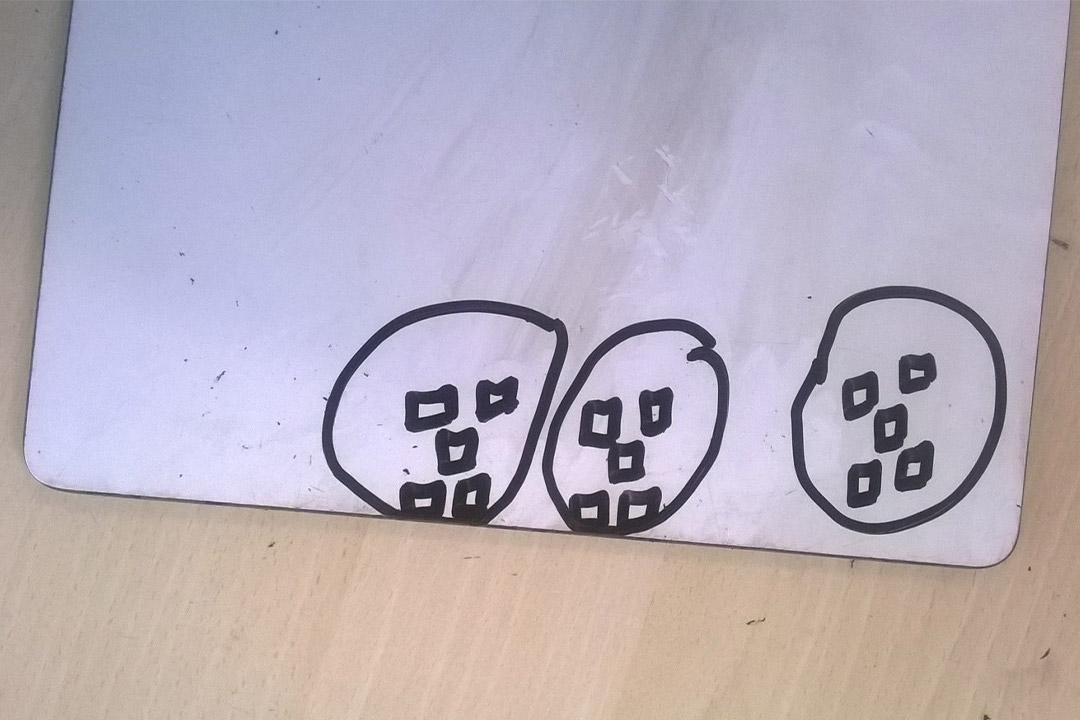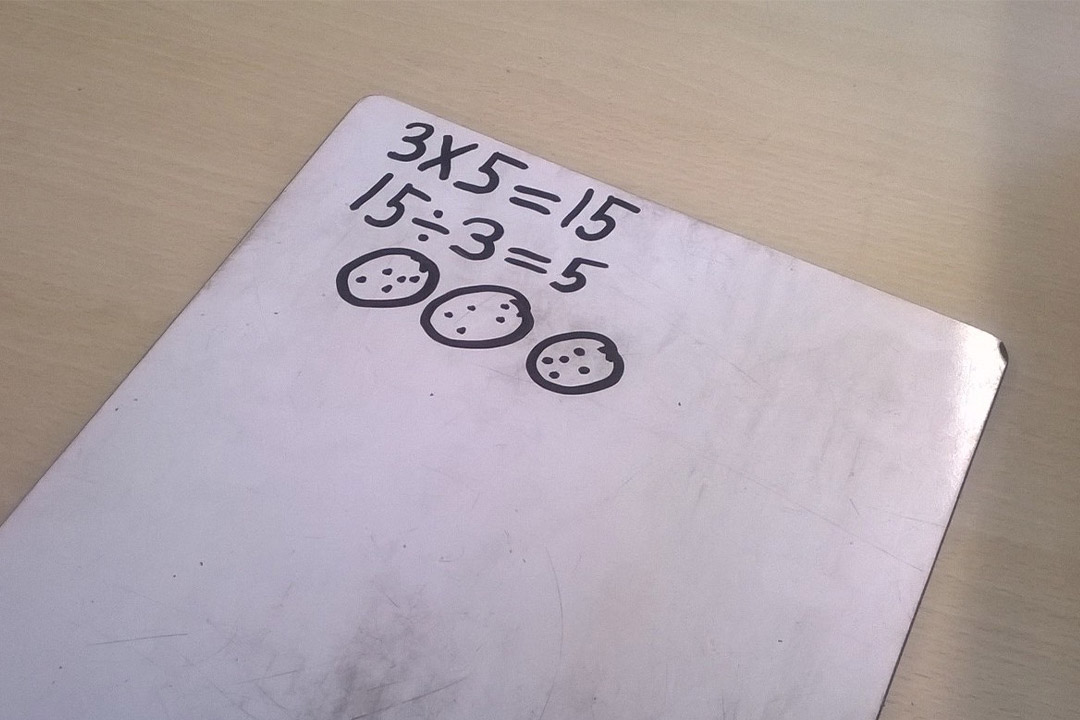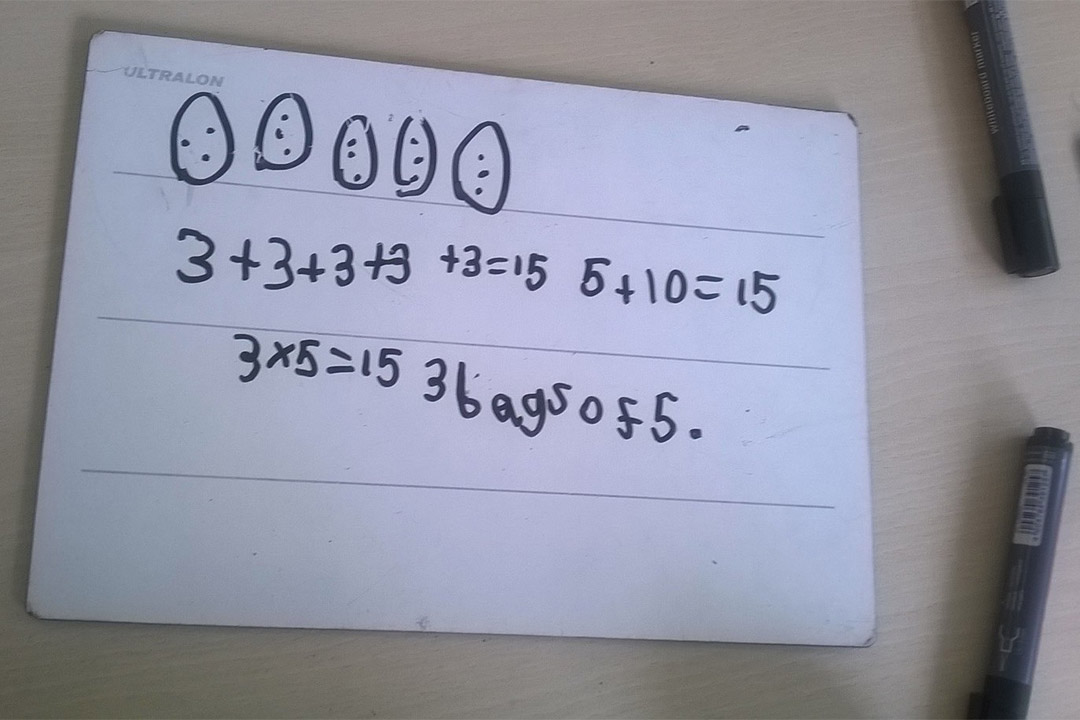Using a high quality textbook to support teaching for mastery
We visit the classroom of Hannah Gray, a primary teacher involved in trialling new Singapore-style textbooks, designed to support a mastery approach
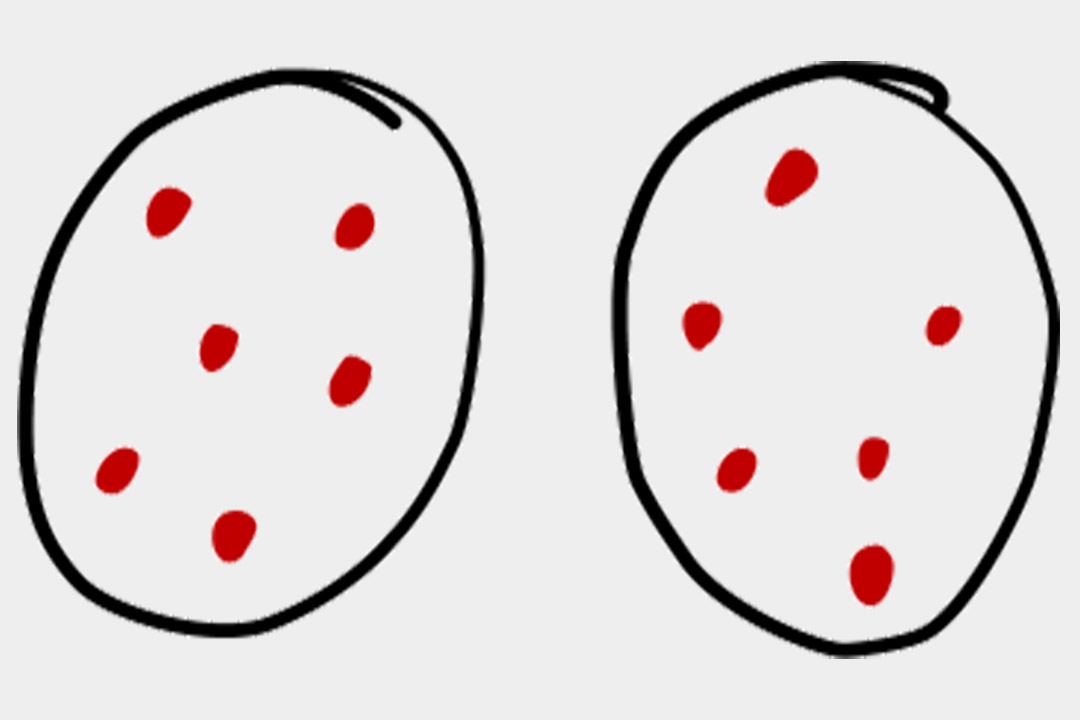
The school mathematics textbook has a long history and something of a reputation to shake off:
Fierce, gown-clad schoolmaster strides into the classroom. "Turn to page 68 and proceed!" then watches hawk-eyed over quaking students.
Even beyond this historical picture, textbooks have often been seen to occupy the less creative side of maths teaching. But this is all changing in some primary classrooms. Teachers have been engaged in a trial [read about initial findings here] involving new textbooks, adapted from one of two examples used in Singapore, and designed to support a mastery approach to maths teaching.
Interim findings have been encouraging with teachers reporting positive effects on their own confidence and on children’s confidence, understanding and progress.
Hannah Gray teaches Year 2 at Thorn Grove Primary School in Bishop's Stortford, and works with the Matrix Essex and Herts Maths Hub. She is one of the teachers involved in the trial. At the start of the NCETM visit, children are sitting on the carpet and involved in an animated discussion over a problem displayed on the whiteboard:
‘How can Amira share 12 key chains equally between 2 children?’
A class discussion, facilitated by Hannah, follows. The children’s explanations of how the question might be tackled are detailed, confident and lengthy – no one expects that ‘six’ might be an acceptable response. It is incredible how much can be drawn from a single, apparently straight-forward problem. Beyond verbal explanations of how children had reached their answer, one child suggests a diagram that Hannah starts on the board and is finished off by another pupil:
Hannah guides in the direction of ‘operations’ and a child suggests that this is a problem that uses division. When asked for ‘number sentences’ to describe the situation, the pupils suggest:
2 × 6 = 12
And 6 + 6 = 12
And finally 12 ÷ 2 = 6
They agree that the division number sentence best fits the problem. At which point Hannah asks, ‘So why are the other two not wrong?’
A pupil responds, "Dividing is just the opposite of timesing. And the other one shows the two groups added together."
It is clear from their thorough explanations and their subsequent work on whiteboards that the class have excellent understanding of the relationship between the four operations. Potentially this will enable them to approach division without the commonplace fear it evokes.
Following the discussion on the carpet, Hannah sets another problem:
"Ruby has 15 marshmallows that she is packing into bags. She packs 5 marshmallows into each bag. How many bags does Ruby need?"
Children return to their desks to work on this problem using whiteboards. Again their responses show their depth of understanding – not just that the problem is a division problem, but how it can be checked and understood using multiplication and addition too.
Some children are still struggling with exactly what to draw. There are those that have confused ‘bags of five’, with ‘five bags’:
But all are confident to put pen to whiteboard and draw pictorial representations of the situation that show at least an emerging understanding of division, and for some a complex and rich understanding of connections between division, multiplication and addition.
How has textbook use changed maths teaching in Hannah’s classroom?
This sort of mastery approach to teaching is by no means achieved solely with a textbook. Rigour and skill characterise Hannah’s teaching. So what is new in Hannah’s teaching since she became involved in the textbook project?
Teaching style
"I always knew that developing understanding in maths was important and tried to plan lessons accordingly. However the textbook project has given me deeper understanding of effective maths teaching and given me strategies and tools to implement and develop my own skills and knowledge for teaching maths.
I have also moved away from 'trying to get the correct answer' to 'exploring all the different strategies to solve a problem and choosing the one which best suits you'. For example, there is only one answer to 2 + 3 however there are many ways to get to the answer, draw dots, use cubes, doubles (3 + 3 = 6 so 2 + 3 = 5) etc. and whichever one you use is right. This is also good for teaching a mixed ability class."
The importance of pupil talk
Hannah has been impressed by how well her class have learned to talk mathematically.
"There is a lot more discussion and conversation in maths than ever before which I feel has helped children consolidate learning and have deeper understanding. Within the discussion there is also a greater focus on the language of maths and using it in our discussions. The textbook project has highlighted to me how discussion and conversation are crucial to teaching for mastery and for teaching maths effectively. Previously, I would have said to children 'You can speak with your partner if you’re stuck.' However now discussion is a focus of teaching and I will give a problem and ask children to tell their partner how they would solve it then come together and discuss all the strategies as a class."
Hannah’s class now sit in all-attainment groupings of six children round a desk, and she keeps the class together as much as she can. Talk pairings across an attainment gap can deepen understanding for the child searching for best ways to explain a concept as much as for the child listening to understand the explanation.
Using the textbook as a teacher-support tool
Hannah finds the online teacher guide that comes as part of the textbook package to be very useful in offering lesson suggestions, questions to ask and material for projecting onto whiteboards. To begin with she used the class set of textbooks but found that each child having a book was cumbersome and took up too much space on the table. Now she uses the textbook pages online so that she can project the question and, only later, display a variety of possible methods for solving.
The textbook programme also offers Hannah confidence that she has covered everything and in a mathematically coherent order.
"The textbooks give a clear and concise sequence of work which covers all the outcomes in the curriculum. Within each chapter the lessons are in a sequence where one builds on from the next."
Workload
Hannah is clear that using the textbook has eased her workload, and moreover, allowed her to spend preparation time on tailoring the material to the needs of her class, adapting and adding her own material as she sees fit.
"I don’t need to decide what to teach, check the curriculum outcomes, gather resources for teaching and plan a sequence of lessons and activities for the week. Obviously there may be some adaptations to be made but this is small [workload commitment] in comparison to before."
Training
Hannah’s involvement in the textbook project — like all those teachers working with both textbooks — included five days training from the textbook publishers, which she feels was essential to successfully understanding how to use the material.
"I think the training’s very important. You couldn’t just give a school the textbook. When we first got all the stuff through, I was having a look before the training and I didn’t know how I was meant to know what to do."
How has textbook use changed maths learning in Hannah’s classroom?
Reflecting on the changes that have taken place in the children’s approach to maths, Hannah comments on their improved understanding of mathematical connections. Topics that might previously have been taught distinctly now have the relationships between them drawn explicitly.
Hannah also mentions that children now understand the = sign as signifying the equality of both sides of the equation, rather than as a signal to write the answer.
Children are now able to use and understand an increased number of different strategies and their work is less procedural, based more on thorough understanding.
Any reservations?
There are still some issues that Hannah feels are holding back development of textbook use in her classroom. One of the difficulties she has encountered is with the pace. In Singapore, children start school a year later than in England, so they encounter concepts when they are a year older. Hannah believes therefore that younger English children take a little longer to pick up the ideas than their Singaporean counterparts. To allow for this, Hannah sometimes has to spend more time on a topic than intended by the textbook.
Routine practice and drill around times tables and other number facts, emphasised by the National Curriculum, is not something that is explicitly stressed by the textbook, so Hannah has had to add in some time to deal with this.
Finally, the CPA approach (using a mixture of concrete, pictorial and abstract representations of each concept), that Hannah and the textbook authors advocate so strongly, appears to conflict with Year 2 SATs in which children are not permitted to use manipulatives.
"From the training, they said the concrete should always be available – even 'higher ability' [children] can use concrete [representations] to help them work it out and that’s fine. But that doesn’t lend itself to SATs because they’re allowed nothing [in the exam] – so I focus on drawing [pictorial representations] a lot. It [the textbook] doesn’t quite match with the curriculum."
Interim findings from the textbook project
Hannah’s enthusiasm for the Singapore-style textbook is consistent with the majority of teachers involved in the Maths Hub National Collaboration Project trialling their use.
Interim findings (Jan-July 2015) suggest that being involved in the textbook project has had the following benefits for teachers and their pupils:
- Improved teacher subject knowledge and confidence in teaching maths
- A positive impact on children’s attitude to learning maths, and their attainment in the subject
- Some teachers reported reduction in workload – others said that the focus of their planning had altered, allowing them more time to focus on children’s learning.
Debbie Morgan, the NCETM’s Director for Primary, emphasises the coherent learning journey constructed by the textbook. Teaching for mastery relies on very carefully chosen examples and questions that highlight key mathematical structures. One aspect of variation theory (a key component of teaching for mastery) is to represent concepts in a variety of ways in order to extract the essence of the concept and develop a deep understanding. This includes linking concrete, pictorial and abstract forms. Intelligent practice requires that children do not just repeat multiple questions on the same topic, but that the questions change, one feature at a time, to expose mathematical structure. Debbie Morgan points out that teachers do not have time, even where they have the expertise and confidence, to think up all those carefully chosen examples. Having a rigorous and thoroughly checked textbook frees up teacher time to analyse and think deeply about the resources rather than spend time hunting for them.
"It’s a very different pedagogic approach [from traditional textbook use]. The textbook is a support for the teacher. It doesn’t dominate the journey. There is a flexibility, and indeed the textbooks encourage that flexibility, for teachers to come up with some contexts of their own to support the core material, and indeed, to take ideas from the children."
Hannah agrees:
"The longer I work with these textbooks, and use the ethos for mastery, the more natural it becomes. I find it easier and quicker to understand the pedagogy and implement lessons. I think the mastery approach could be planned into every lesson even without the textbooks, but I believe the textbooks and online planning are vital in decreasing workload and providing teachers with a clear and logical sequence to teach the curriculum. Also, I believe proper training over a period of time is needed, as well as time for teachers to practise and become familiar with the teaching for mastery ethos."
This case study was first published in 2016.
